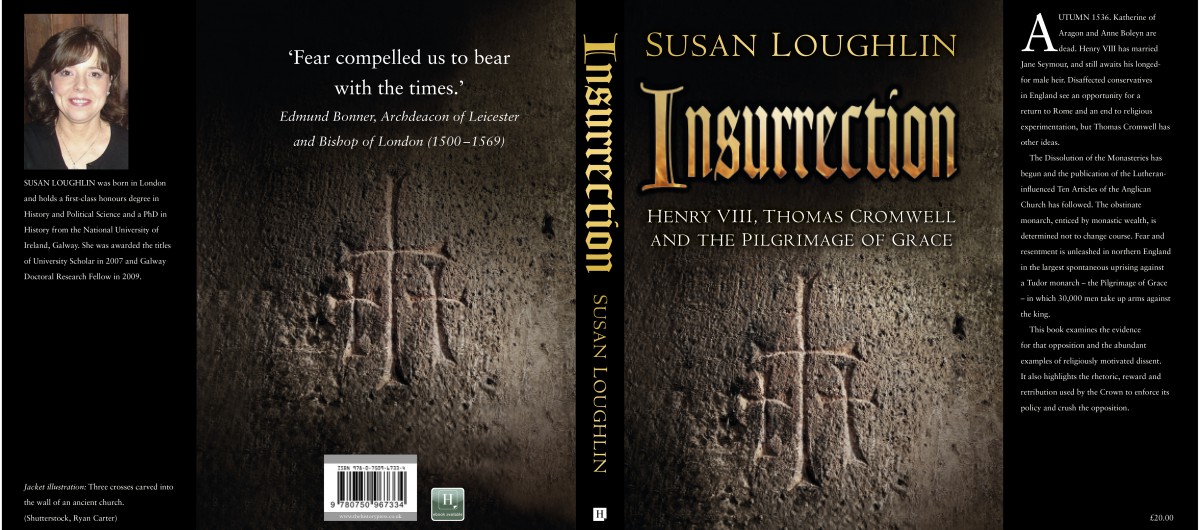You are very welcome to this site. Thank you for visiting.
The Tudor dynasty continues to captivate the imagination of historians and enthusiasts from generation to generation. Why is this? I hope that we can attempt to answer
that question together. This page will attempt to portray the authenticity of the Tudor period, as opposed to the common misconceptions, myths and glamour which this era has been subjected to in the past. It will concentrate on primary sources and peer-reviewed secondary sources and will be devoted to evidence testing.
The Glass of Truth is a reference to Henry VIII’s propaganda tract in favour of the annulment of his marriage from Katherine of Aragon in the early 1530s. At the other end of the spectrum is the grain (or pinch) of salt. The reality of the Tudors and their deeds in evidential terms sits somewhere between the two.
Of course the figure of King Henry VIII (1509-47) looms large in the public perception of the Tudors. A famous (or should that be infamous?) monarch who dominated the first half of sixteenth-century England. One immediately thinks of a giant of man, with no less than six wives and a penchant for judicial murder.
Henry’s matrimonial entanglements, lust for Anne Boleyn, obsession with a male heir, rivalry with King Francis I of France, creation of martyrs and ferocious personality have all contributed to a fascination with him.The separation of England from the Papacy and the dissolution of the monasteries are also inextricably entwined with Henry and the effect of his decisions had far-reaching implications, some of which, arguably, are present today.
Of course, Henry VIII was but one of five monarchs in the dynasty founded by his father, Henry Tudor, Earl of Richmond, following his defeat of King Richard III at the Battle of Bosworth in 1485. The dynasty lasted for 118 years, until the death of Elizabeth I in 1603 and straddled the transition from the late medieval period to the emergence of the nation-state and an enhanced and specific sense of English national identity.
These years saw some of the most significant and turbulent episodes in English history and each reign witnessed dissent, uprisings, sedition and varying degrees of monarchical popularity. The Tudors presided over an era which saw the centralisation of the state and religious upheaval, in common with other European monarchies, but they had their own set of particular problems and personalities and it was the way in which they navigated their way through a state of political and religious flux which perhaps appeals to the public’s enduring curiosity.
We shall examine and explore the dynasty through biographies and appraisals of each of the monarchs and by highlighting themes for discussion and events for consideration.
The opening post will focus on King Henry VIII and the largest uprising of the Tudor period – The Pilgrimage of Grace in 1536.
This rebellion is the subject of my recent monograph, Insurrection: Henry VIII, Thomas Cromwell and the Pilgrimage of Grace, published by The History Press in the UK this month.
It will be published in Australia/New Zealand on 1 June 2016 and the U.S/Canada on 1 July 2016.

Now following you on Bloglovin’. Looking forward to your articles.
LikeLiked by 1 person
Thank you, Susan 🙂
LikeLiked by 1 person
Congratulations on the publication of your book, Susan. I’m looking forward to your blog.
LikeLiked by 1 person
Thank you so much 🙂
LikeLike